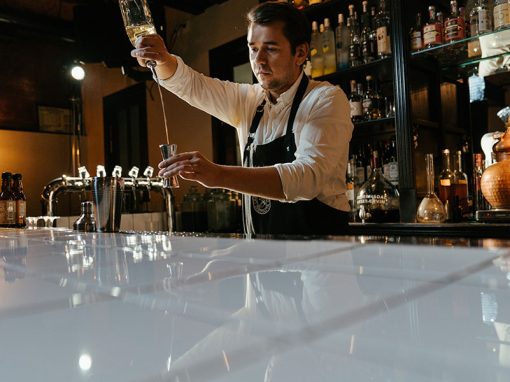Does consuming two different types of goods at the same time increase their similarity?
Asolo filed an application for registration of a European Union trade mark in 1997 for the word mark ‘FLÜGEL’ (‘wings’ in English) in classes 32 and 33. Asolo then proceeded to use this mark as a badge of origin for an alcoholic party drink.
In 2011, Red Bull filed an application for a declaration of invalidity based on two of its earlier marks: ‘VERLEIHT FLÜGEL’ (gives wings) and ‘RED BULL VERLEIHT FLÜÜÜGEL’ registered in class 32.
The European Union Intellectual Property Office (EUIPO) decided on the basis that it is common practice to mix and consume Red Bull (an energy drink) with alcoholic beverages (e.g. Asolo’s product) that there is a link between the two products in the mind of the average consumer. Accordingly, Asolo was said to derive unfair advantage from the use of its mark.
Red Bull was successful before the Cancellation Division of the EUIPO and the Board of Appeal of the EUIPO; the presently reported case therefore represents the contested decision before the General Court of the European Court of Justice (CJEU).
Decision of the General Court of the CJEU
In the contested decision, the General Court has ruled against Red Bull and overturned the decisions of the EUIPO.
Asolo argued that although it is true that energy drinks and alcoholic drinks are frequently mixed, this does not mean that the public are unaware of the fact that the two types of drink are very different. Asolo specifically noted that Red Bull packaged their product with a warning to not mix with alcohol and then marketed it as a drink that provides energy and alertness; this, Asolo argued, is the opposite effect of consuming alcoholic drinks.
Red Bull countered by using the umbrella term ‘party drink’ to liken their product with that of Asolo’s, alleging that the only thing to differentiate the products is the presence of alcohol.
The General Court was, however, unconvinced by this attempt to liken the goods for the purposes of establishing a likelihood of confusion. Specifically, it was noted that a large number of alcoholic and non-alcoholic drinks are mixed, consumed, or marketed together, but that such products are not similar purely on that basis.
Conclusion
In this decision, it is clear that the General Court has provided the average consumer with a slightly higher intellect than has been seen previously. The General Court has thus put a barrier in the way of highly reputable drinks gaining (perhaps overly) broad protection for their trade marks.
Share this article
Our news articles are for general information only. They should not be considered specific legal advice, which is available on request.









